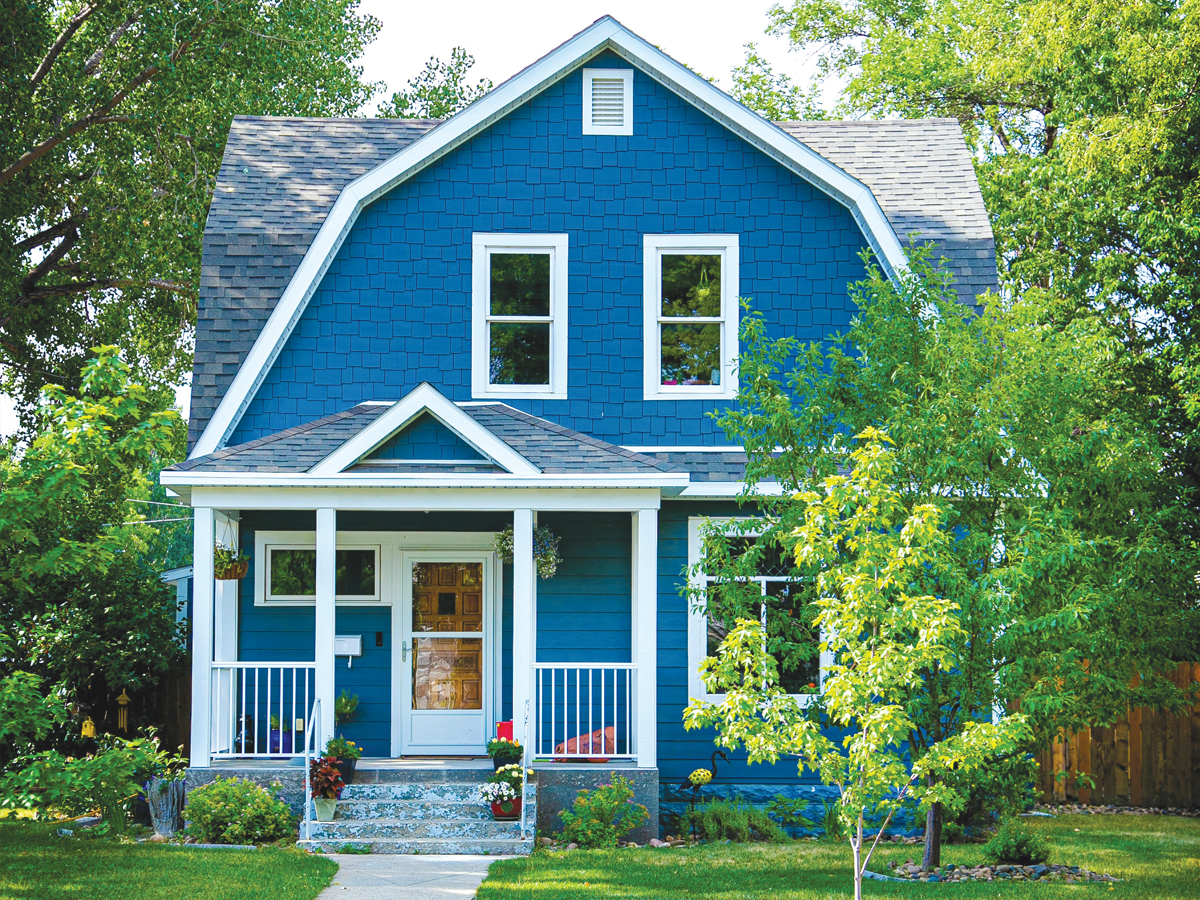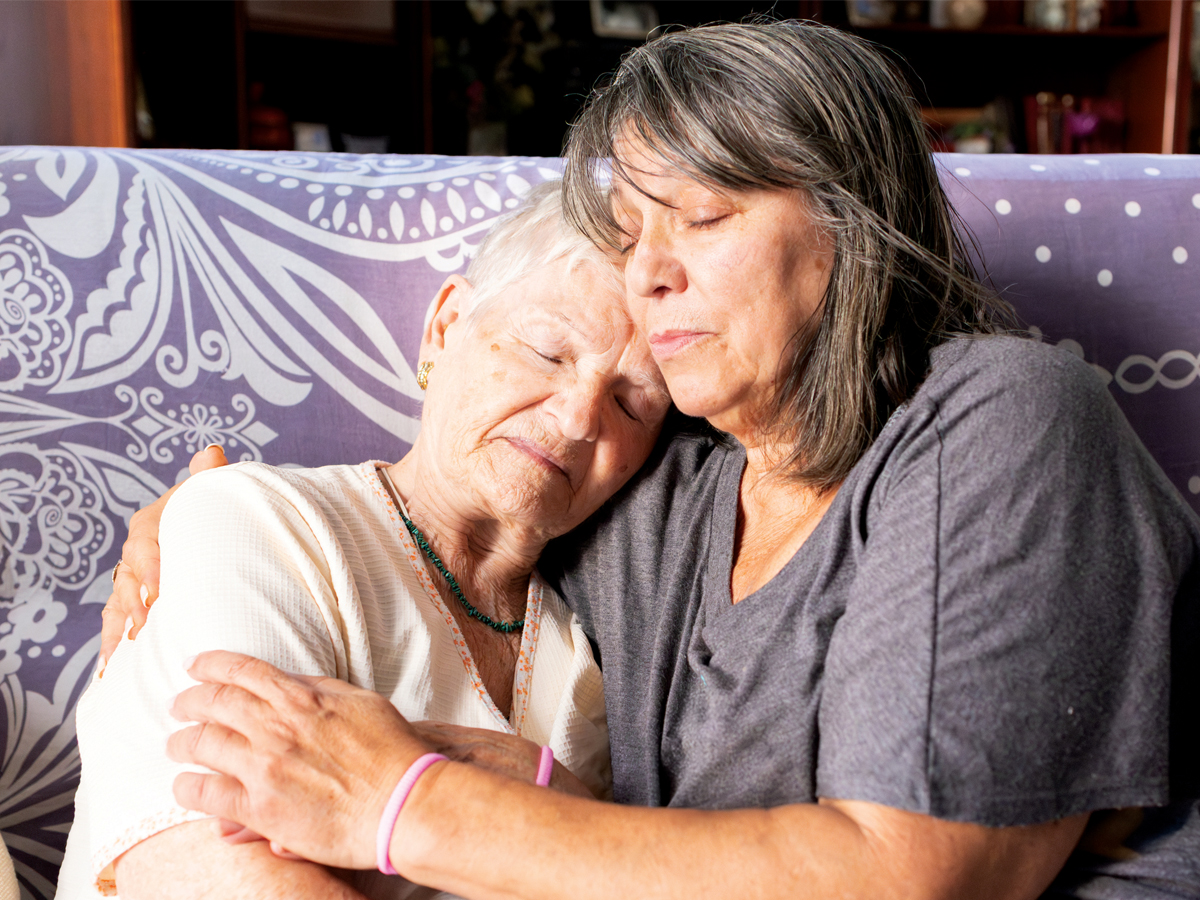A look at housing options for seniors
One of the biggest considerations, as you’re aging, is planning ahead with safe, comfortable housing being at the top of the list.
There are many reasons why older adults and their families may come to the point where a change in accommodation seems like the right thing to do. Whether it’s a downsize, relocation to be closer to family, making a change from an urban to rural environment, or a shift from a home to a condo or rental apartment.
At a historical all-time high, Canadians aged 65 and older now account for almost one-fifth of our total population. This represents a large shift, with a huge number of people in need of planning for later life.
Should you stay put?
With support from friends and family, many of us prefer to stay in our own homes and communities for as long as possible. When health abilities decline, you may require additional support services delivered by community-based agencies. Some of these services include, meals on wheels, homemaking, transportation, friendly visiting, help with errands and telephone assurance.
Make any repairs or modifications that are necessary. If it can prevent a fall or other accident,
it is a wise investment to consider.
• Are all stairs/railings in good condition?
• Are all doors, windows and locks secure?
• Are there working smoke and carbon monoxide detectors in the home?
• Are all carpets and rugs secure?
• Are electrical appliances and cords in good condition?
• Is lighting adequate?
• Do neighbour’s/landlords know how to reach family members?
• Are there non-slip mats in the tub and bathroom?
• Is the kitchen “senior safe”?
• Are snow and ice cleared in the winter?
• Are emergency telephone numbers by the phone?
Is it time to relocate?
Some signs that a change in your living situation might be a good idea:
• When limited mobility could compromise comfort, convenience and safety
• If loneliness or isolation is becoming a challenge
• Past activity levels and enthusiasm for “going out” have changed
• Someone is struggling to manage home maintenance
• There are ongoing health concerns and more support is needed
• A person is suddenly single or living alone and doesn’t want to
• Someone is having a hard time with personal grooming and laundry
• Financial matters have become confusing
• Meals and Issues with nutrition and shopping come to the surface
• The pressure and stress on caregivers is too much
• Issues with transportation are challenging
So, what are your options? There are many different avenues to investigate that may provide a better quality of life. Here’s what should be considered when relocating:
1) Distance from your support system: Children and other close family members can play a role in helping if they’re willing. If this is possible consider looking for a location closer. Keep friends and activities in mind too.
2) Budget constraints: Do you want to downsize to less space or are you doing it for financial reasons. Or is it both. Are there additional living expenses or utility expenses in the area you want to relocate to that are different than where you currently reside?
3) Type of preferred living situation: Do you want to own or rent? Is a condo or apartment with less maintenance ideal or could a co-op be an option. Or, would a spot in a retirement community be better for social activities, safety and maintenance management?
4) Are you ready to sell? Urban or rural, the underlying premise of moving and selling your home is still the same. If it can’t stay in the family, then try to make the process as painless as possible for all concerned. After all, when the home is sold, you’ll have your hands full with the daunting task of packing and moving.
5) Downsizing: We’ve all accumulated stuff. Families talk of collections of Tupperware, children’s toys, craft and hobby paraphernalia and assorted memorabilia mixed in with antiques and family heirlooms. Someone needs to assume the role of deciding what stays for use in the new place, what goes and what might have to go into storage.
6) More supportive living: Extra help may do the trick. You may be able to live comfortably in your home with the availability of homemaking, personal care, meals and shopping. Often, we are not aware of the services that are available. It’s worth the time to do some careful research into services that might be available in your area that will help maintain your parent’s lifestyle. Semi-independent living options include:
• Homecare. If services are not available or sufficient from the publicly funded health care system, or if an individual or family feels that additional services are required, they can be purchased privately through home health care providers. Insurance plans, and veterans affairs may also be a source of funding.
• Continuing care retirement community (also known as life-care). Life care will provide various types of accommodation and services, including independent rental units. These communities also offer 24-hour skilled nursing care, so residents have the option of changing the nature of their care as their needs change. While residents do pay significant entrance fees, they also enter into a binding legal agreement or life-care contract which will, for the duration of their lives, guarantee nursing and health-related services.
• Supportive housing or assisted living. These are community support program offered to assist older adults to maintain independence but helps them with their activities of daily living. Onsite personal support and essential homemaking services are available 24 hours a day.
• Full-time residential care. Nursing homes and long-term care facilities provide a continuum of care in a secure setting, 24 hours a day, seven days a week. They take care of people who are no longer able to live independently in their own homes, even with a wide range of community support.
Don’t get caught short
Ideally, decision-making can be a smooth process with agreement from all concerned but option, a crisis happens and things are done at the last minute without many options.
If there’s one piece of advice that everyone in the know can agree on its to have the difficult conversations now and take advantage of doing things on your own time without medical issues forcing a change, without family pressure and without a stressful rush.
Anjolina Rankin-West is an editorial assistant with an interest in family caregiving.
Photo: Ian MacDonald, Unsplash.

Ask a professional
When you have decided to buy or sell a home, the services of a qualified real estate professional are key.
The ideal real estate agent or broker will have a good working knowledge of local real estate market conditions, be prepared to deliver a high standard of service to customers, and have the support of an established firm and network. Most importantly, a good agent will save you time and money.
What’s an SRES?
Recently, a newer category of agents has become available in some firms. Called, Senior Real Estate Specialists (SRES). They are accredited real estate agents who specialize in working with older adult clients (aged 50+).
Armed with specific education through the Real Estate Institute of Canada, SRES’ are able to navigate the real estate market for older adults in the most effective manner. With an understanding of the emotional side of moving, helpful insights into financial, retirement and estate planning, they have the ability to recognize key life stages in relation to housing choices. This includes recognizing how a home can be adapted for aging in place, understanding how Old Age Security impacts real estate decisions, and helping educate clients to protect them from mortgage finance and loan scams.
Where to locate an SRES?
To find a realtor with the SRES designation visit your local real estate office or The Real Estate Institute of Canada at 416-695-9000 or 1-800-542-7342.
Photo: Tierra Mallorca, Unsplash.












